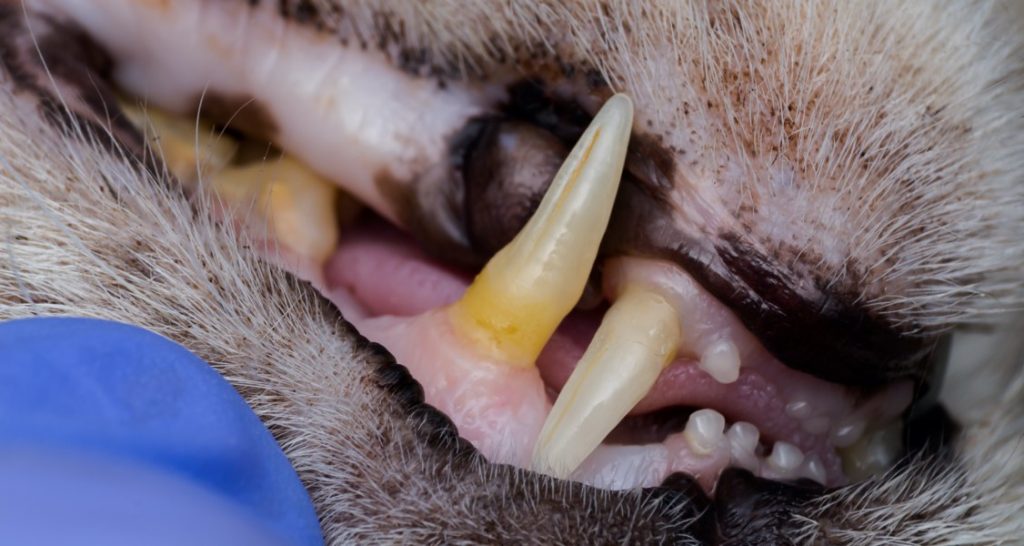- The first step is to have your pet’s teeth examined at a veterinary clinic in order to come up with a preliminary treatment plan, including home care product recommendations.
- The next thing to do is to schedule a professional dental cleaning. After dental X-rays are taken, a final treatment plan will be presented for your approval.
- Once your pet has recovered from surgery and finished any surgical treatments, you can begin daily home care using the products that were recommended.
- Wondering whether or not you should have your pet’s teeth checked at their annual visit? According to the World Small Animal Veterinary Association (WSAVA), teeth should be professionally cleaned at the first sign of redness of the gums which is an indicator of gingivitis and is the only stage of gum disease that is reversible. Practicing preventative dentistry will not only improve oral health but may also reduce the amount of time your pet is under anesthesia. By getting patients a professional cleaning sooner along with daily home care will help to reduce the need for periodontal therapy and extraction of teeth. (Niemiec, 2019).
Jeanne Perrone, MS, CVT, VTS (Dentistry)
Summary
Article Name
How can I prevent dental disease in dogs and cats?
Description
There are preventative measures that you can take at home and at your vet's that will drasticaly reduce the risk of dental disease in your dog or cat.
Author
Jeanne R. Perrone, MS, CVT, VTS (Dentistry)
Publisher Name
Healthcare for Pets
Publisher Logo
